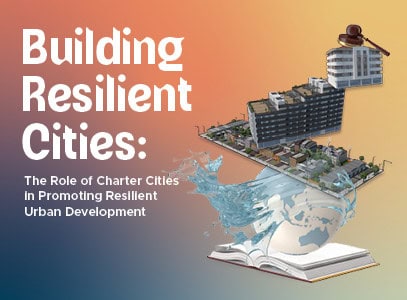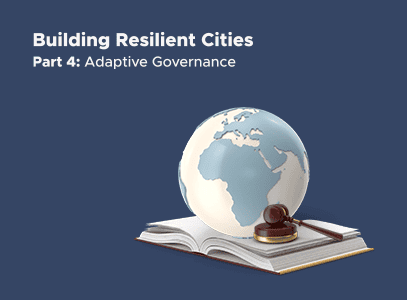
The history of planning in urban Africa is dominated by colonial legacies of exclusion and segregation. For example, Lusaka was first conceived by the Adshead Plan, an urban plan for Lusaka designed by the British on the principles of “Garden Cities,” in which every stage of a city’s design is heavily regulated. The native population was only allowed in Lusaka for work and their freedom of movement was controlled with special registration papers. African housewives and children were not allowed to accompany their husbands who worked in the city until the 1948 African Housing Ordinance passed, which allowed all Africans to reside in the city. The European residential area was segregated from the natives’ housing, with European housing in more central locations and natives housing relegated the urban periphery.
The colonial legacies of city-making have left African cities like Lusaka with weak representative local governments, frail planning for urban growth, and insufficient infrastructure. The historical segregation of Europeans and natives means that today the native townships have been left with insufficient infrastructure that’s been unable to accommodate such a rapidly growing city. The initial design of the cities did not account for growth or sufficient access to urban services for all citizens. And the Global South is urbanizing at an extraordinary pace. The UN projects that the world urban population will rise by over two billion people by 2050, with most of that increase concentrated in Africa and Asia. The scale of the challenge facing urban governments in providing even the most basic services is evident in highly populated countries like India and Nigeria, which are expected to see 416 million and 189 million new urban residents over the next 30 years, respectively. Beyond the challenges facing governments, residents of Global South cities will face significant economic obstacles of their own.
New cities can be a chance for Africans to regain control over the planning and growth of their cities. New cities can be conceptualized as emergent labour markets where people move for better economic opportunities and, in turn, for an improved quality of life for themselves and their families. Most importantly, they can foster urban governance structures which respect local cultures and learn from customary building traditions.
However, most new cities on the continent copy planning and architectural styles from elsewhere in the world, such as China (Kilamba, Angola), the United States (Sheik Zayed, Egypt). Or the so-called International model (Konzo Techni City, Kenya) All three models share common and detrimental flaws. First, their master plans are overly rigid and restrictive. Second, the high upfront capital costs to build these cities leaves them unaffordable, crowding out low-income residents. Third, and most importantly, their exclusionary decision-making processes fail to respond to community demands adequately and quickly.
New cities can be an excellent chance for urban economic vibrancy, solving market failures, and unlocking innovation. However, until a deliberate shift occurs in the planning paradigms of these new city developments, they will continue to suffer from a set of common challenges. New city making paradigms should aim to create functional, affordable, and sustainable growth. And importantly, the new paradigm must be responsive to all stakeholders involved, especially residents and businesses. Through this emphasis on responsiveness, the paradigm will be much better equipped than the current status quo to help solve the main challenges of new city making in the 21st century.
For a new city to be successful, its urban development must strike an appropriate balance between formal urban planning and emergent market and community forces. Planning is ultimately a dynamic process that must evolve as the needs of the city evolve. Africa has a long and proud past of urban settlement, and advanced civilization. Precolonial African urban centers were dynamic, complex, diverse, and adapted to each era with different sets of socioeconomic features and governance models. City making in colonial times was based on segregation and exclusion. New cities present themselves to not just foster economic growth but a start to rebuild a more sustainable, growth oriented and inclusive urban future that is truly designed for Africans.
The author is an urban researcher at the Charter Cities Institute (CCI), email: [email protected]







